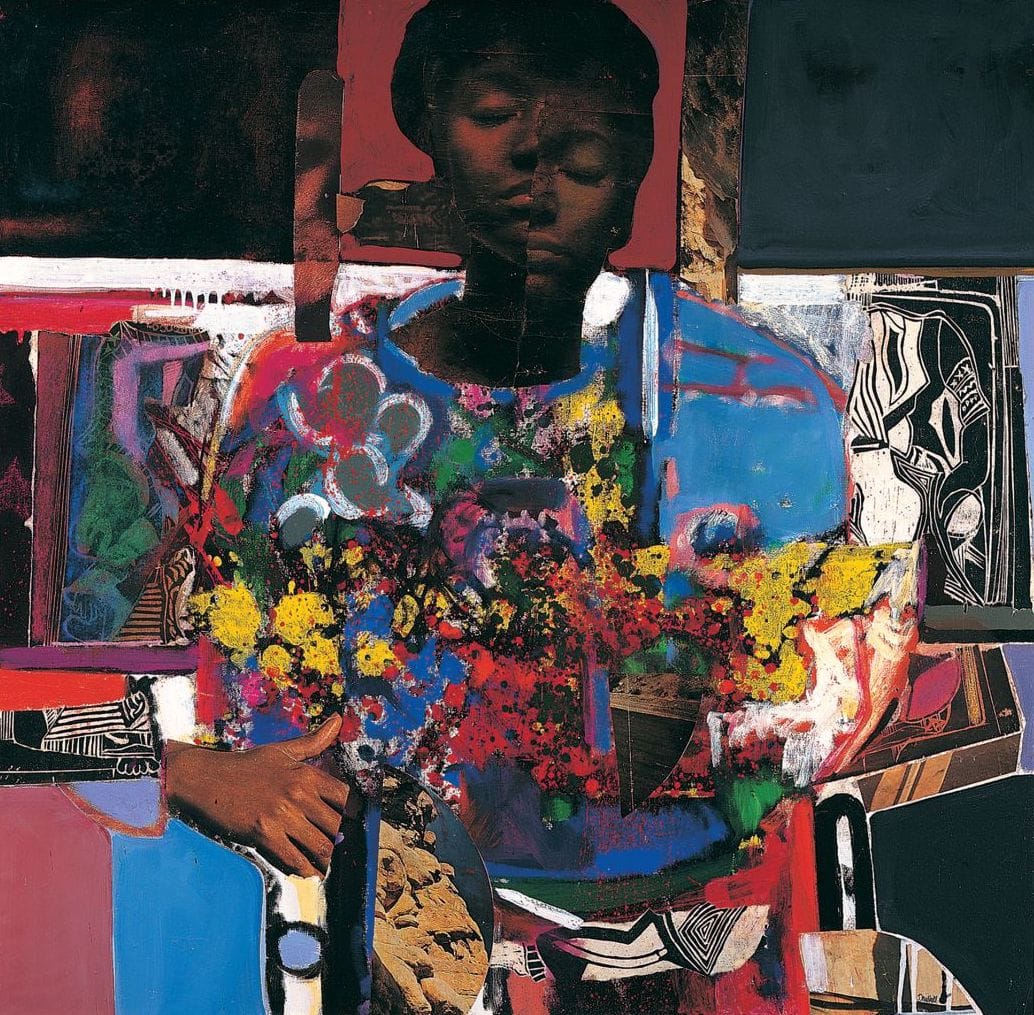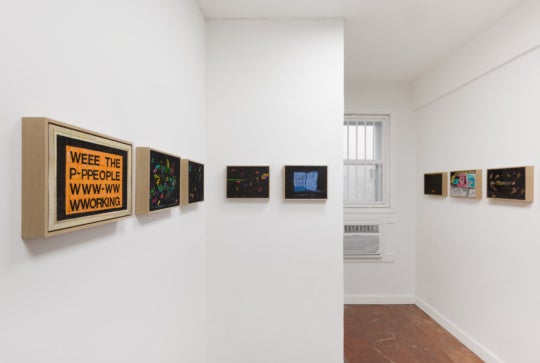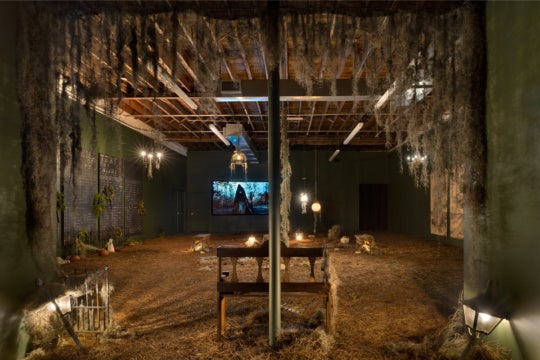
This morning, Burnaway joins in the chorus of artists and friends mourning the passing of artist and scholar Dr. David C. Driskell, whose lifelong work reshaped the way the world understands African American art. He died at his home in Hyattsville, Maryland, on April 1, 2020, aged 88.
Born in 1931 in Eatonton, Georgia, Driskell was Distinguished Professor Emeritus at the University of Maryland. He received his Bachelor of Arts degree from Howard University in 1955 and his Master of Fine Arts degree from Catholic University in 1962. He also attended the Skowhegan School of Painting and Sculpture in Maine in 1953 and studied art history in The Hague, Netherlands, in 1964.
In 1976, while serving as the chair of the art department at Fisk University, Driskell was approached by LACMA to organize Two Centuries of Black American Art, a landmark survey that collected, for the first time, works by Black American artists from the eighteenth through the twentieth century. The exhibition subsequently toured nationally, including a stop at High Museum of Art in Atlanta in early 1977.
Driskell was among twelve recipients of the National Humanities Medal named by President Bill Clinton in 2000, and, in 2001, the University of Maryland established the David C. Driskell Center to preserve the heritage of African American art and visual culture and honor Driskell’s scholarship.
Since 2005 the High Museum of Art has annually awarded the David C. Driskell Prize to an artist or scholar who has contributed to the field of the art of the African Diaspora, the first such national award. Past recipients of the Driskell Prize include Dr. Kellie Jones, Franklin Sirmans, Rashid Johnson, Lyle Ashton Harris, Dr. Andrea Barnwell Brownlee, Naima J. Keith, Mark Bradford, and, most recently, Jamal D. Cyrus.

Tributes to and remembrances of Driskell began appearing on the social media accounts of his many friends, colleagues, and admirers overnight late on April 1. Thelma Golden, longtime director of The Studio Museum in Harlem, wrote in the caption of an Instagram post, “I encountered the catalogue from… Two Centuries of Black American Art when I was an art history major at Smith College in the late 1980s and it defined my path. David paved the way for so many of us and I am forever grateful for his inspiration, unending support and love.”




